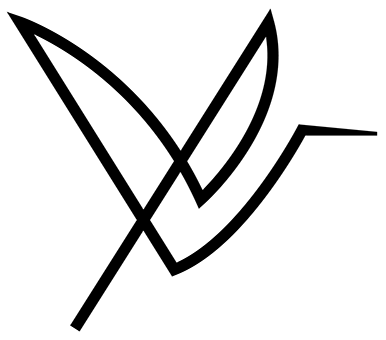What is the infimum of sequence?
What is the infimum of sequence?
In mathematics, the infimum (abbreviated inf; plural infima) of a subset of a partially ordered set is the greatest element in that is less than or equal to all elements of if such an element exists. Consequently, the term greatest lower bound (abbreviated as GLB) is also commonly used.
How do you find the infimum of a sequence?
Suppose that A ⊂ R is a set of real numbers. If M ∈ R is an upper bound of A such that M ≤ M′ for every upper bound M′ of A, then M is called the supremum of A, denoted M = sup A. If m ∈ R is a lower bound of A such that m ≥ m′ for every lower bound m′ of A, then m is called the or infimum of A, denoted m = inf A.
What is meant by lim sup?
Lim Sup and Lim Inf. Informally, for a sequence in R, the limit superior, or lim sup, of a sequence is the largest subsequential limit. Although I could use this as the definition of limsup, the following alternate characterization, which does not even need a metric, turns out to be somewhat easier to use.
Is supremum a limit point?
It is not generally true that the supremum of a set A in R is a limit point of that set. For example, as pointed out in the comments by Daniel Fischer, for any a∈R, we have sup{a}=a, but a is not a limit point of {a}.
Is infimum a limit point?
Theorem 2. The limit superior of a bounded sequence is its largest limit point and its limit infimum is its smallest limit point.
Is the limit of a sequence unique?
The limit of a sequence is unique. If a sequence is bounded and monotonic, then it is convergent. A sequence is convergent if and only if every subsequence is convergent. If every subsequence of a sequence has its own subsequence which converges to the same point, then the original sequence converges to that point.
How do you tell if a sequence has a limit?
A real number L L L is the limit of the sequence x n x_n xn if the numbers in the sequence become closer and closer to L L L and not to any other number. In a general sense, the limit of a sequence is the value that it approaches with arbitrary closeness.
How is INF calculated?
INF (infinity) INF is the result of a numerical calculation that is mathematically infinite, such as: 1/0 → INF. INF is also the result of a calculation that would produce a number larger than 1.797 x10+308 , which is the largest floating point number that Analytica can represent: 10^1000 → INF.
Is supremum a limit?
What do you mean by limits of sequences?
Limits of Sequences. The limit of a sequence is the value the sequence approaches as the number of terms goes to infinity. Not every sequence has this behavior: those that do are called convergent, while those that don’t are called divergent. Limits capture the long-term behavior of a sequence and are thus very useful in bounding them.
Is the limit supremum the same as the limit infimum?
I’ve been told that it is not the same thing as “the limit of a supremum of a set” (which makes sense since the supremum/infimum is usually a number). I’ve consulted with two Analysis books, but none of them seem to be able to convey it what they are trying to say. I got an example in my notebook that may clarify my confusion
Which is the limit of the sequence XNX _ NXN?
A real number LLL is the limit of the sequence xnx_nxn if the numbers in the sequence become closer and closer to LLL and not to any other number. In a general sense, the limit of a sequence is the value that it approaches with arbitrary closeness.
When is a point an accumulation point of a sequence?
Put differently: A point is an accumulation point of a sequence if it is a limit of a subsequence.$\\endgroup$– DirkOct 17 ’12 at 15:46 Add a comment | Your Answer Thanks for contributing an answer to Mathematics Stack Exchange!
What is the infimum of sequence? In mathematics, the infimum (abbreviated inf; plural infima) of a subset of a partially ordered set is the greatest element in that is less than or equal to all elements of if such an element exists. Consequently, the term greatest lower bound (abbreviated as GLB) is also commonly used.…
